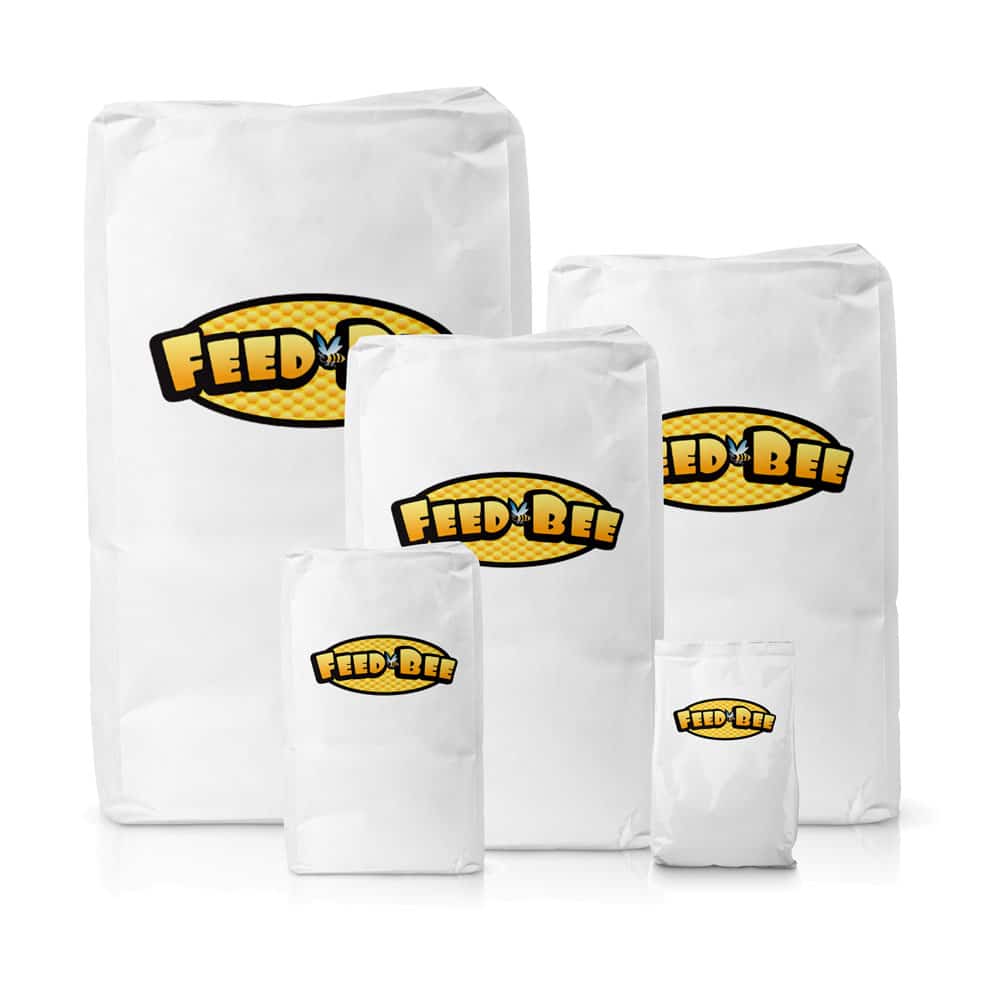Patty making Instructions:
Do not feed bees with any pollen or pollen substitute diets when:
- The colony is already in cluster and ready for winter.
- There is wax moth infestation in the hive.
Consumption Rate For Feedbee/Colony
An average colony consumes 400-500g per week. Consumption rate for Feedbee in powder form would be a bit higher than in patty & liquid forms.

